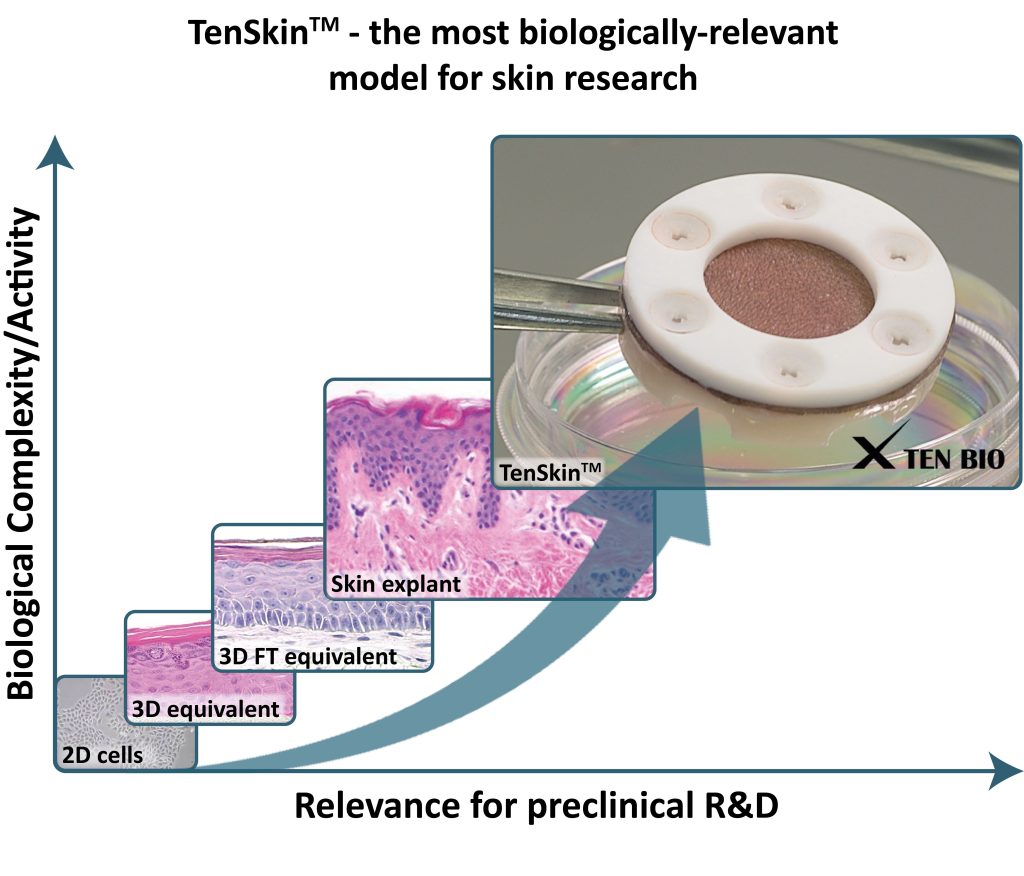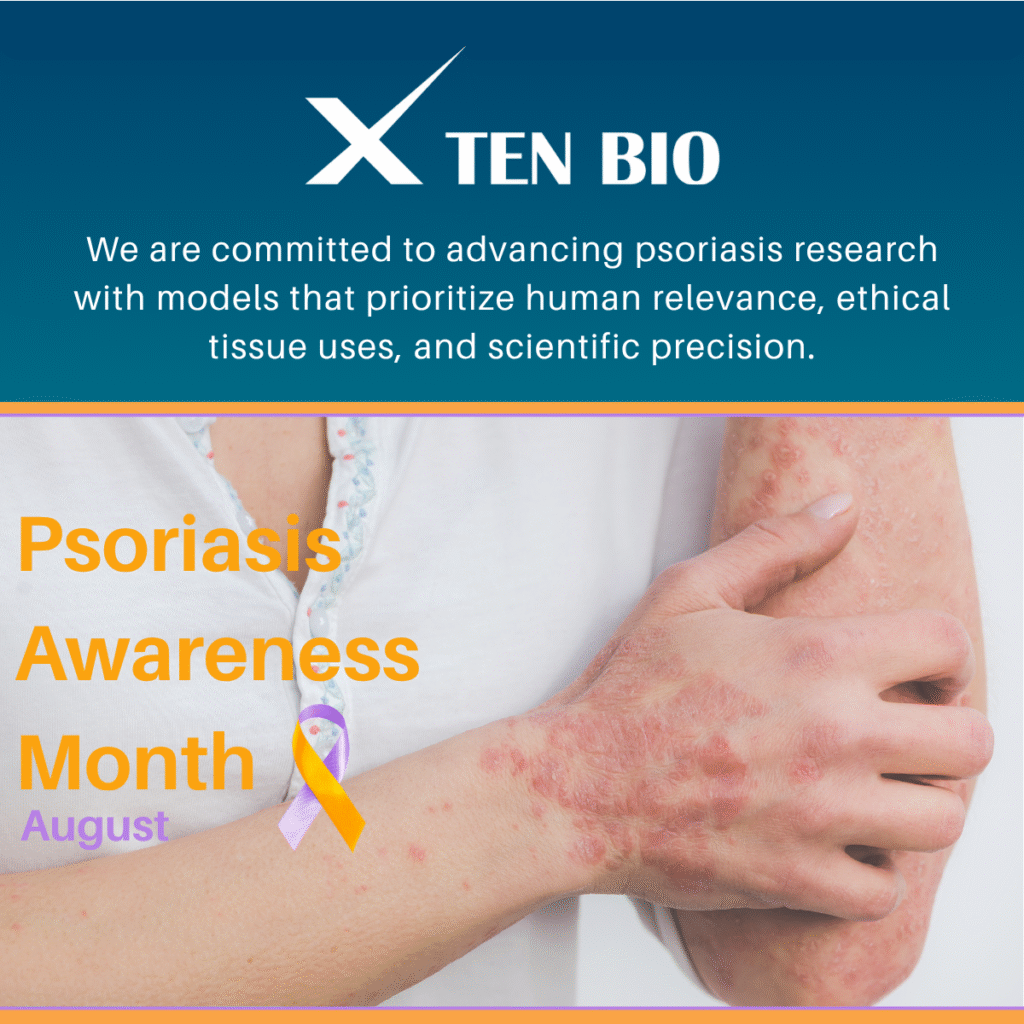Professor Giuseppe Valacchi has a global reputation for his work in expanding the understanding of cellular and molecular mechanisms that define the physio-pathological responses of skin tissue. He holds chairs in Physiology at the University of Ferrara and a David H Murdock Distinguished Professor in Regenerative Medicine at North Carolina State University. He is also Adjunct Professor at Kyung Hee University, Seoul. Ten Bio is delighted to add that Professor Valacchi is chair of our Scientific Advisory Board. In this interview, Professor Valacchi describes why TenSkinTM is his first choice for skin research and why he is pleased to lead Ten Bio’s Scientific Advisory Board . . .
‘My research is mainly studying the effect of exposome on target tissue, but in particular I’m interested in the effect of pollution in skin damage and how this can either develop skin conditions or exacerbate pre-existing conditions.
When studying the skin, there is not a perfect model. Even in vivo human models are not perfect because there is so much variability on the history of the patients. Today, researchers can choose from 2D models, 3D models, and ex vivo models; all of these have pros and cons.
Skin is a complex tissue where the crosstalk between cells is so important for skin responses – for this reason I tend not to use nor recommend 2D models.
The 3D model is a good escamotage to avoid complexity, but these models omit a lot of the cells that are in the skin, and which are essential for my research. For example, only fibroblasts and keratinocytes are present in the typical 3D reconstructed model, although there is the possibility to add vessels with endothelial cells or melanocytes; even then these models do not represent the complexity of natural skin.
The more superior model in the lab to study skin responses is really the ex vivo skin explant for two main reasons:
- Using tissues from the same patient, you can draw reliable comparisons.
- Ex vivo samples can be kept in culture for several days.
However, there are drawbacks that limit the utility of ex vivo skin. The skin cannot be cultured for longer lengths of time, and the skin has to be cut, so the tissue loses its own physiological shape. This last factor has to be considered when data is extrapolated as the skin loses its elasticity over time, and it tends to curl at the edges.

As it is cultured under an optimal mechanical tension, TenSkin™ provides the user with skin that not only behaves like skin on the body, but which also feels realistic and is therefore more appropriate for my work in evaluating external assaults on the tissue.
This is a key reason for me to work with TenSkin™ wherever possible. By restoring skin’s natural mechanobiology, TenSkin™ closely mimics the performance of in vivo skin tissue and with all of the natural cells present and functioning so the crosstalk is still happening. As a result, the use of TenSkin™ delivers better research outcomes and a higher degree of predictability in how skin will respond in the clinic.
In addition, by returning the tissue to its natural tension we see the that the viability of TenSkin™ is significantly extended beyond two weeks. This is a huge advantage as it allows semi-chronic studies to be carried out, which is an important factor in my protocols.
I have had the opportunity to work with the Ten Bio team from before the company spun out of the University of Dundee. And since they opened the facilities in NC, I have had the opportunity to watch the development of the company and its services. Now I am very pleased to be in a position that allows me and my SAB colleagues to provide guidance to the Ten Bio team as they work to develop the data that reinforces the case for TenSkin™’s wider use, add new product designs and offerings, and continue to develop the TenSkin™ brand.’
Professor Giuseppe Valacchi
March 2023



